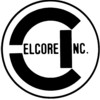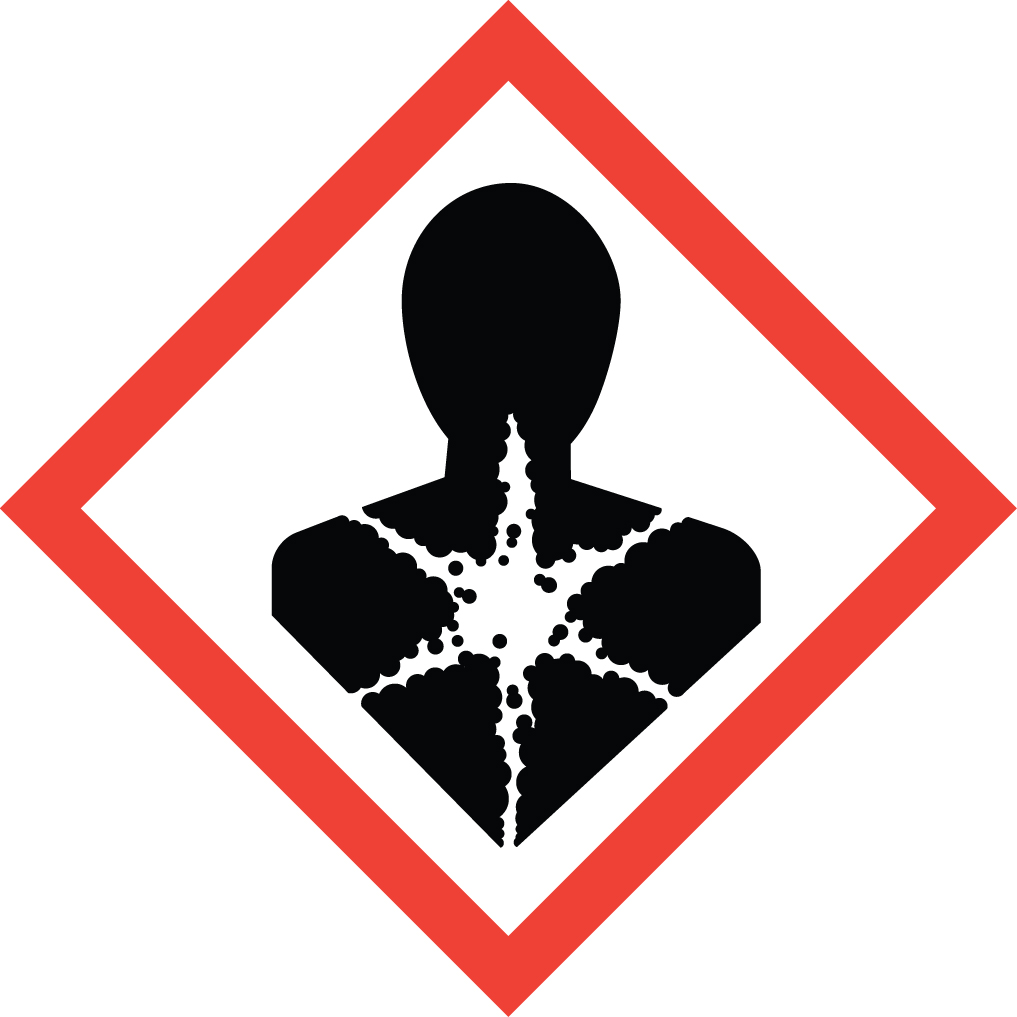

CELCORE SBS (SANDED BONDING SURFACE)
Safety Data Sheet
Issued 10.16_r1
Section 1: Identification |
Product Name:
| Celcore SBS (Sanded Bonding Surface) |
 |
 |
 |
Chemical Formula: Modified Portland Cement Compound
Company: MaxFlow Environmental Corporation
3148 US Hwy 70 West
Black Mountain, NC 28711
(828) 669-4875
Recommended Use: Industrial. Portland Cement based coating for Insulating Concrete Roof Decks
Section 2: Hazards Identification |
Emergency Overview: Corrosive: May cause severe burns. Toxic: Harmful by inhalation.
GHS Classification: Skin corrosion 1A, Serious eye damage 1, Skin sensitization 1, Carcinogenicity 1A, Specific Target Organ Toxicity after single exposure 3
Other Classifications: May cause severe skin burns and eye damage. Dust may cause respiratory irritation.
Section 3: Composition, Information on Ingredients |
Components: Portland Cement <40%; Sand / Silica <80%; CoPolymer(s) <10%
Synonym(s): Modified Portland Cement Compound
Information on Ingredients: CAS No: 659971-15-1 Portland Cement chemicals
Copolymer of vinyl chloride + vinyl esters + ethylene + anti-blocking agent
CAS No: 14808-60-7 Crystalline Silica
CAS No: 9004-65-3 HPMC
Section 4: First-Aid Measures |
Inhalation: If inhaled, move to fresh air. Give artificial respiration if not breathing. Give oxygen if breathing is difficult. Get medical attention or advice. Symptoms: May cause respiratory tract irritation.
Ingestion: Give several glasses of water but DO NOT induce vomiting unless directed to do so by medical personnel. If vomiting does occur, give additional fluids. Never give anything by mouth to an unconscious person. Symptoms: May be harmful if swallowed. May cause oral burns, stomach distress, nausea, or vomiting.
Skin Contact: Wash from skin using plenty of soap and water. Remove contaminated clothing. Do not allow prolonged contact with skin. Get medical attention or advice when skin irritation is suspected. Symptoms: May cause severe skin burns. Symptoms may include redness, pain, blisters and wounds. May cause skin sensitization.
Eye Contact: Flush eyes with copious amounts of clean fresh water holding eye lids apart. Should irritation continue following first aid, seek medical attention. Symptoms: Causes serious eye damage. May cause burns to eye. Symptoms may include discomfort, pain, excess blinking, tear production, marked redness, swelling, abrasive damage.
Other Advice: Symptoms may not appear immediately. In case of symptom(s) from exposure, seek medical attention immediately. Present product label and/or SDS to attending Physician.
Section 5: Fire Fighting Method |
Conditions of Flammability: Combustible dust. Electrostatic charging is possible.
Extinguishing Media: Carbon dioxide, dry sand, dry chemical, foam type extinguishing media.
Protective Equipment: Protective firefighting gear and breathing apparatus.
Hazardous Combustion Products: Carbon monoxide, carbon dioxide, acetic acid.
Special Information: May form combustible concentrations in air. Risk of dust explosion.
Section 6: Accidental Release Measures |
Personal Precautions: See Section 8 for PPE information. Do not breathe dust. Do not ingest.
Emergency Procedures: Cover spilled materials to prevent dispersal by wind.
Environmental Precautions: Do not allow spill materials to enter storm drains or surface waterways.
Containment and Clean-up: Take up mechanically and place into containers for proper disposal.
Section 7: Handling and Storage |
Handling: Wear personal protective equipment (PPE) such as normal work clothing, a tight fitting dust nuisance mask, chemical resistant gloves and goggles or safety glasses. Refer to Section 8 for PPE information. Wash thoroughly after handling. Avoid contact with skin, eyes and clothing. Avoid ingestion and inhalation. Do not eat, drink or smoke while handling. After handling, use good hygiene before eating, drinking, smoking or using the bathroom.
Storage: Store in sealed packaging in a dry, ventilated location. Keep away from sparks and flame.
Incompatibilities: Air dust concentrations may become combustible or explosive.
Section 8: Exposure Controls / Personal Protection Equipment [PPE] |
Engineering Controls: Use with adequate ventilation.
Personal Protection Equipment [PPE]
Respiratory: Under ordinary conditions, use of a well fitting dust nuisance mask is recommended. Wear a NIOSH approved respirator, well fitted and in good condition when exposure to dust levels above exposure limits.
Eye Protection: Wear ANSI approved safety glasses or goggles when handling dry or wet product to prevent contact with eyes. Wearing contact lenses is not recommended when working with concrete.
Skin Protection: Wear chemical resistant gloves, rubber boots and clothing impervious to water to protect skin from both dry and wet product. Wear suitable work clothing. Do not solely use barrier creams for skin protection. Remove clothing that becomes wet from contact. Immediately wash exposed skin.
Maximum Airborne Concentration at Workplace
CAS No. |
Material |
|
||
65997-15-1 |
Portland Cement chemicals |
USA ACGIH |
ACGIH TWA (mg/m3) |
1 mg/m3 (respirable fraction) |
|
|
USA OSHA |
OSHA PEL (mg/m3) |
5 mg/m3 (respirable fraction) |
14808-60-7 |
Crystalline Silica |
OSHA PEL |
5 mg/m3 (respirable fraction) %SiO2 + TWA (respirable dust) |
|
|
|
OSHA PEL |
30 mg/m3 (respirable fraction) %SiO2 + TWA (total dust) |
|
|
|
ACGIH TLV |
0.025 mg/m3 TWA (respirable dust) |
|
|
|
NIOSH REL |
0.50 mg/m3 TWA (total dust) |
|
Section 9: Physical and Chemical Properties |
Appearance |
White or gray flow-able powder |
Bulk Density |
Approx. 91 lbs/ft3 |
Flammability |
Flash point not determined |
Explosive |
Conditions not known |
Odor |
Odorless |
Relative desnity (H2O) |
1.46 |
Solubility (H2O) |
Low |
Boiling Point |
Not known |
pH |
12 - 13 when wet |
Decomposition Temp |
Not known |
Section 10: Stability and Reactivity |
Stability: Stable under normal storage. Keep dry when stored.
Hazardous Reactions: Not reactive under normal use. Do not mix with other chemicals.
Conditions to Avoid: Moisture. Keep dry when stored.
Incompatibilities: None known.
Hazardous Decomposition: None.
Section 11: Toxicological Information |
Potential Health Effects
Inhalation: Dust inhalation can cause respiratory tract irritation. Symptom may include cough, sore throat, nasal congestion, sneezing, wheezing and shortness of breath. Silicosis may occur after many years of exposure.
Skin Contact: Contact with skin, especially when wet can result in severe chemical burns.
Eye Contact: Eye contact can cause chemical burns and particulate abrasion injury.
Ingestion: Ingestion is unlikely with normal use. Dust if swallowed may irritate mouth and throat.
Chronic Exposure: Prolonged inhalation of respirable crystalline silica may cause lung disease, silicosis, lung cancer and other effects.
Section 12: Ecological Information (non-mandatory) |
Toxicology: According to current knowledge, adverse effects on water purification plants are not expected. No ecological considerations when used in accordance with directions. Do not flush to sewer or allow to enter waterways.
Section 13: Disposal Considerations (non-mandatory) |
Disposal: Dispose of only in accordance with all Local, State and Federal Regulations.
Section 14: Transportation Information (non-mandatory) |
DOT Hazard: Not regulated for transport. \
Section 15: Regulatory Information (non-mandatory) |
Material and/or components:
Portland Cement CAS 65997-15-1 Listed on United States TSCA Inventory
Crystalline Silica CAS 14808-60-7 Listed on United States TSCA Inventory
All other minor components of this product are listed on the United States TSCA Inventory
Section 16: Other Information |
Employers Responsibility: Employers must ensure that the SDSs are readily accessible to employees for all hazardous chemicals in their workplace. This may be done in many ways. For example, employers may keep the SDSs in a binder or on computers as long as the employees have immediate access to the information without leaving their work area when needed and a back-up is available for rapid access to the SDS in the case of a power outage or other emergency. Furthermore, employers may want to designate a person(s) responsible for obtaining and maintaining the SDSs. If the employer does not have an SDS, the employer or designated person(s) should contact the manufacturer to obtain one.